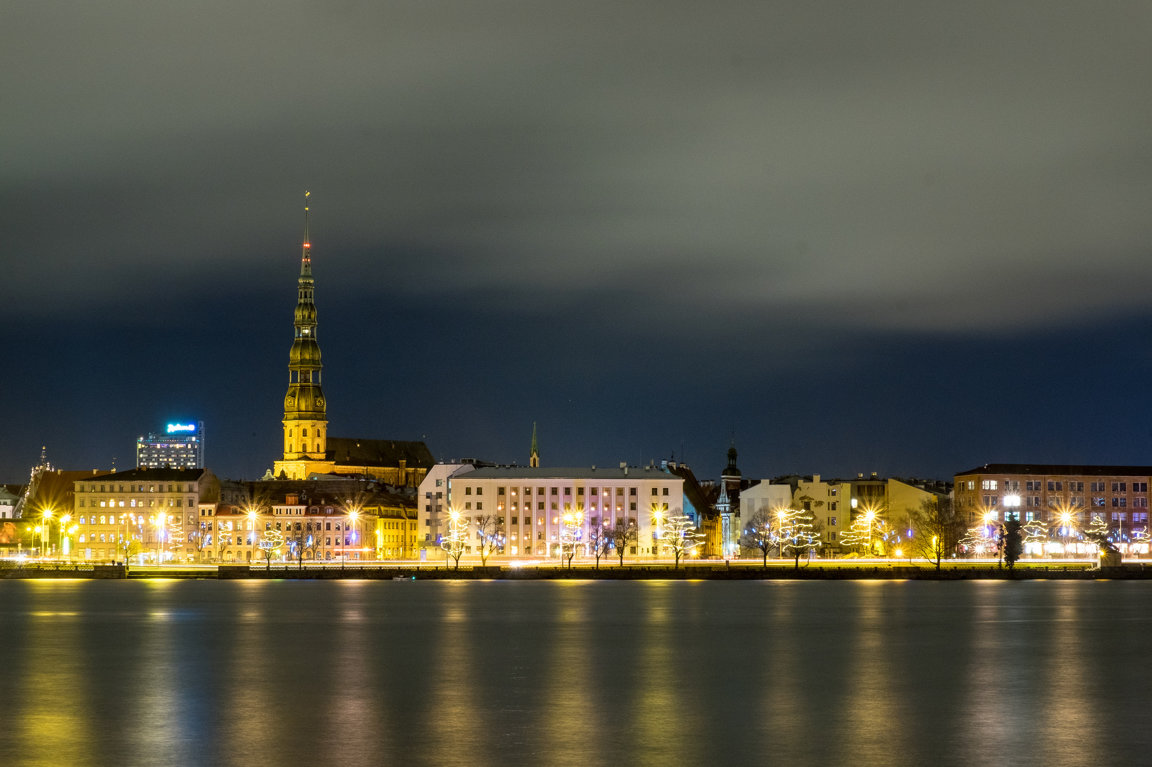About Latvia
There are four beautiful regions in Latvia – Vidzeme, Zemgale, Kurzeme and Latgale. Latvia is locatedin north - eastern Europe at the shores of the Baltic Sea and is one of the three
Baltic States. Latvia has an 1862 km long border. To the north Latvia borders with
Estonia (343 km), in the east with Russia (282 km), in the south-east with Belarus
(167 km) and in the south with Lithuania (576 km). The country also has a 494 km
long sea border. The territory of Latvia comprises 64 589 km2 and the population
numbers around 2 million.Latvia is a democratic parliamentary republic established
in 1918. The capital city is Riga, the European Capital of Culture 2014.Latvian
is the official language. Currency: EUR.Latvia is a unitary state, divided into
118 administrative divisions of which 109 are municipalities and 9 are cities.
There are five planning regions: Kurzeme, Latgale, Riga, Vidzeme and Zemgale.
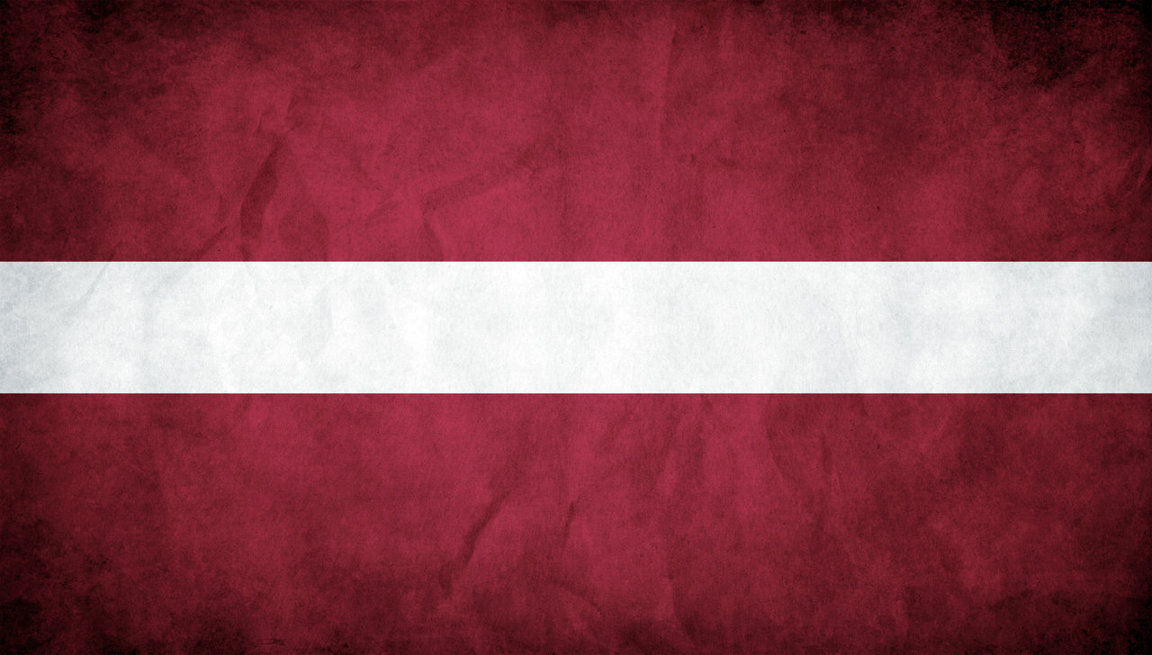
Flag
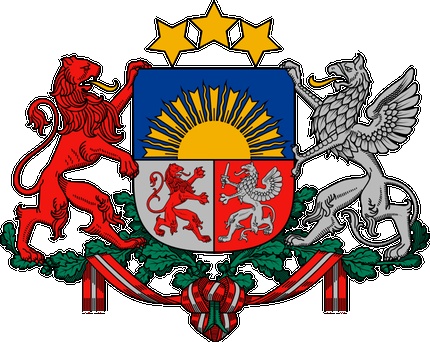
Coat of arms
Vidzeme is located in the northeast of Latvia and borders with Estonia
and Russia.Vidzeme is known for its natural beauty, the characteristic natural
landscape only Vidzme has - mountains and valleys, forests and meadows, marshes
and rivers. The highest mountain Gaiziņš (311.6 m above sea level) is in
Vidzeme.Vidzeme has many ancient hill forts and medieval castles, which have
survived from different periods of history - the Livonian Order castle in
Cesis, Dikli Palace (built neo-baroque style,1896) near Valmiera, Araisu
Lake Castle by Araisu Lake, which is the first archaeological open air museum
in the Baltics, and many more historical palaces.While in Vidzeme, take a
ride on the Aluksne-Gulbene narrow-gauge railway, as this rail link is the
only narrow-gauge railway in the Baltic’s still in general use. Visit Valka
city, which is one of the six cities in the world, where two country borders
cross the city center - one half of the city is in Latvia, the other - Valga
- in Estonia.Vidzeme is worth visiting if you like hiking alone or with family.
The most beautiful walking and cycling routes are along river Gauja. It is
one of the most beautiful rivers in Vidzeme (as well as the longest river
in Latvia). Great boating opportunities for all who want to enjoy water tourism.
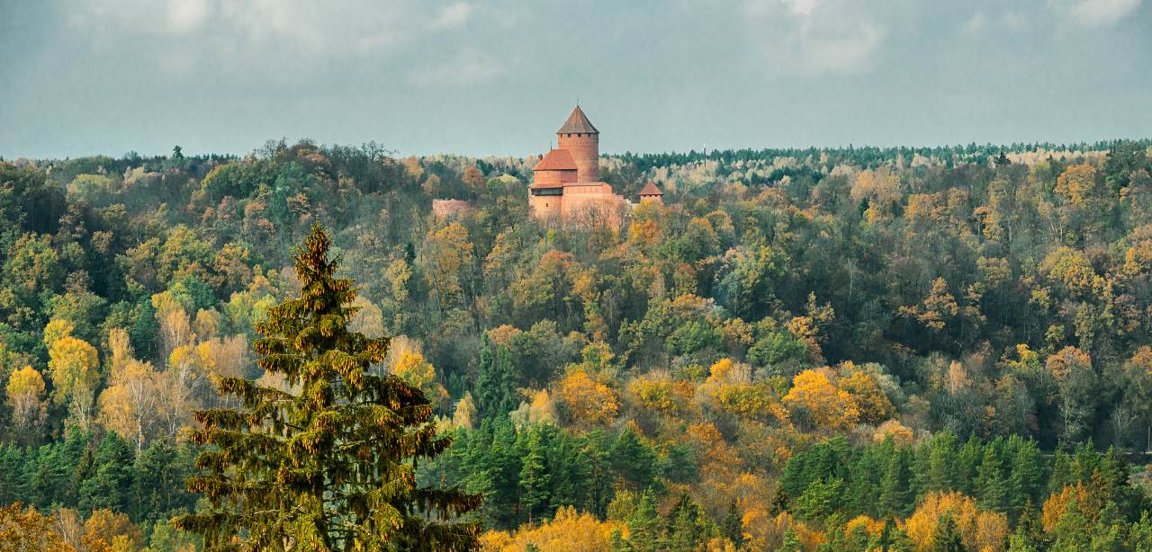
Kurzeme is situated in the west of Latvia. From the western side Kurzeme
is washed by the Baltic Sea, from the northeast - by the Gulf of Riga. Kurzeme
has always been associated with the sea, sand dunes, prosperous towns, thick
forests, mysterious marshes and picturesque landscapes.Kurzeme is known for
its long beach and the cliffs of the Baltic Sea. Kurzeme beach stretches
nearly 300 km in length. At these beaches will enjoy complete peace and serenity
close to nature. Kurzeme seashore is relatively untouched and there are not
many vacationers. Kurzeme will surprise your guests with a variety of
sights. You can see in the seaside cities with port areas and wooden buildings,
picturesque medieval towns with romantic and ancient streets and pubs, views
of nature and of the past generation military heritage - Irbene locator,
which has remained from the Soviet army and the Liepaja Naval Port built
by the Russian Empire in the 19th and 20th century. Along the coast, many
fishermen founded towns where you can taste local fishermen caught and smoked
fish. Special attention deserves Kuldiga - one of the most beautiful towns
of Kurzeme, with Europe’s widest waterfall - Ventas rumba, which is 240 m
wide.
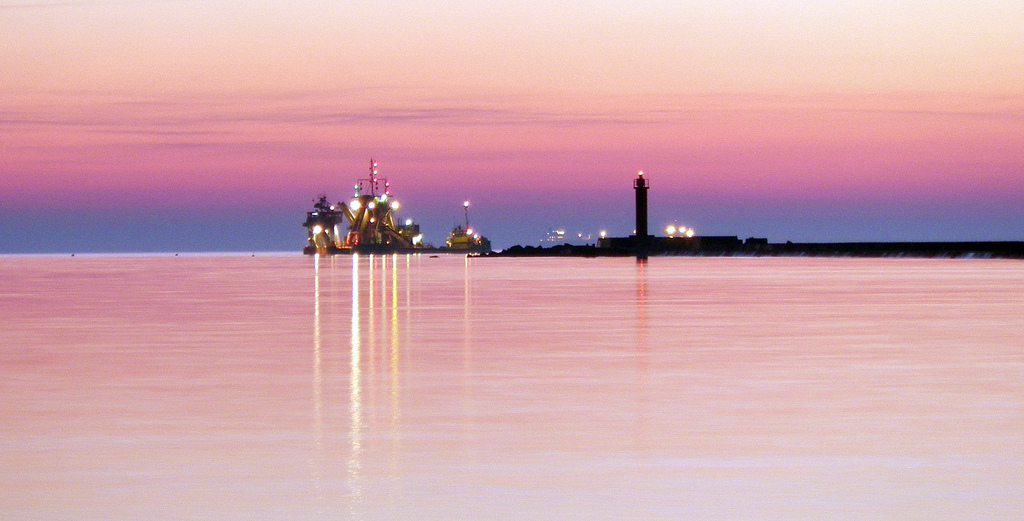
Zemgale is located in the central part of Latvia - Zemgale Plain and
has a long land border with Lithuania. Zemgale has broad fields, as its land
has always been particularly fruitful, so that this region has well-developed
agriculture and rural areas. There are countless sightseeing points of interest
- manors, castles, parks and great trees, reflecting the region's rich cultural
history.Major attractions in Zemgale are Rundale, Bauska, Jelgava and Mezotne
palaces, which are classical 15-18th century architectural monuments, as
well as Krustpils palace and Koknese castle ruins.Definitely worth viewing
is Tervete Nature Park with more than one hundred wooden sculptures made
after Latvian writer’s Anna Brigadere fairy play themes. Visit the largest
Lilac Garden in the Baltic’s near Dobele city and Pokaini forest with its
stories about the supernatural abilities the stones of the forest have, as
well as Tirelpurvs and Lozmetejkalns, which is one of the best preserved
World War I battlefields in Europe, where you can see the Christmas battle
memorials.A number of rivers pass through Zemgale - Daugava, Lielupe, Musa
and Memele, which are actively used for boating and rafting. Enjoy the summer
on water looking at the peculiar river caves of Skaistkalne area.There are
interesting events taking place in the cities of Zemgale each year. For example
- Country and Early Music Festivals in Bauska, European Championship Motocross
at the "Musa" track and Ice Sculpture Festival in Jelgava.
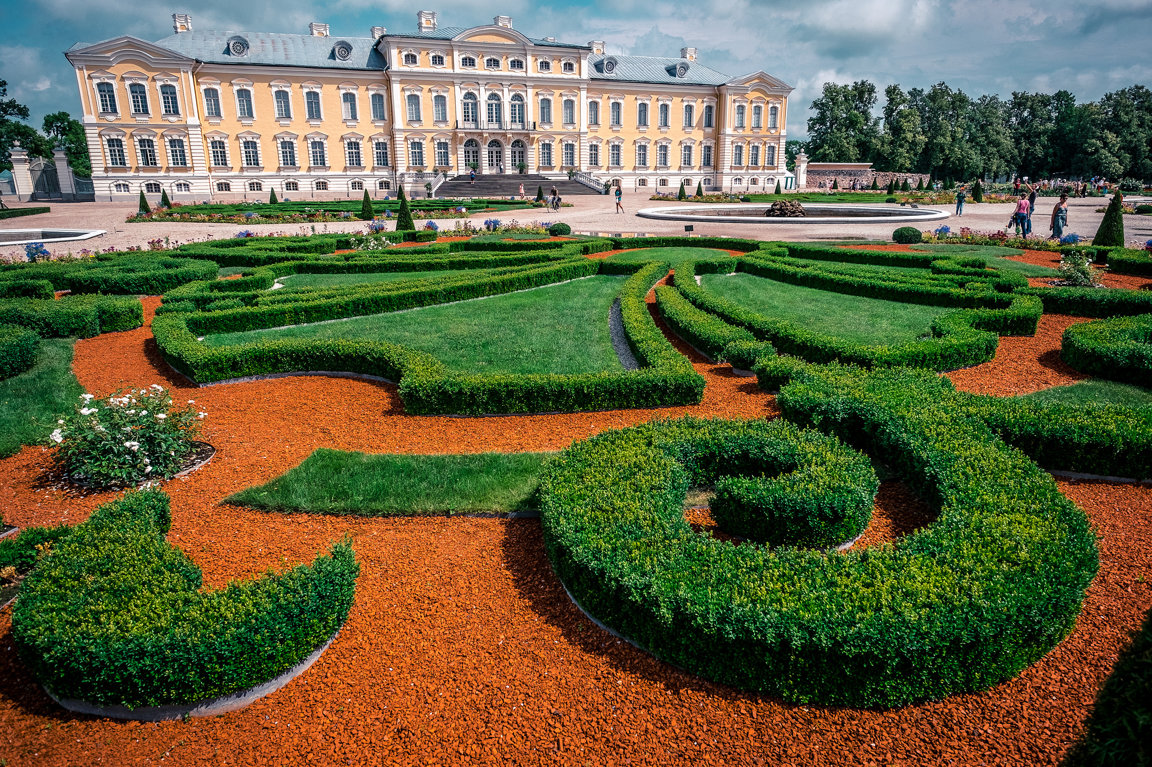
Latgale is located in the east of Latvia and borders with Russia, Belarus
and Lithuania.Latgale is very different from the rest of Latvia. Not only
the people's mentality, language and traditions are different, but also the
rugged terrain and the landscape diversity of Latgale.Latgale also known
as the "land of blue lakes", because here in the forests and grasslands,
often invisible from the road, are hidden lakes, including the largest lake
in Latvia – Lake Lubans (82.1 km2) and the deepest lake in the Baltics –
Lake Dridzis (maximum depth 63 m), Ezezers with 36 islands and one of the
clearest lakes in Latvia - Velnezers, famous for its distinct, Latvia native
aquatic bluish-green water color.Latgale region is rich with its varied culture,
and nowadays it is distinguished by the fact that Latgale remains the region
where one of the Latvian language dialects is still spoken daily - "Latgale language".Latgale is also Latvias centre of Catholicism with the
city of Aglona. Each year August 15 pilgrims gather here to celebrate the
Assumption of the Blessed Virgin Mary. In 1993 Pope John Paul II visited
Aglona and held a Mass. The cultural heritage of generations is seen in many
cathedrals and churches - Zilupe region Pasiene Roman Catholic Church (1761),
originally built as a Dominican monastery church, In Kraslava region - more
than 200 years old Indrica St. John the Baptist Roman Catholic Church and
Berzgale wooden church, which is one of the oldest wooden churches in Latvia.
By crucifixes at road junctions it is seen that religion confirms an important
role in Latgale.While in Latgale, visit the museum of bread in Aglona, where
you will find extensive information on baking traditions. Taste fresh baked
bread and have a cup of freshly prepared green tea. Enjoy the beauty of Latvian
nature at Daugava River Valley Nature Park "Daugava" which stretches from
the western border of Kraslava to Naujene a total of 120 km2.We would say
that as an unofficial symbol of Latgale, you can consider potter-made ceramics.
In Latgale they are manufactured according to traditional processing techniques,
and each potter has his own specific style.The Latgale region administrative
center is Daugavpils, which is the second largest city in Latvia, but Rezekne
is known as the "heart of Latgale".
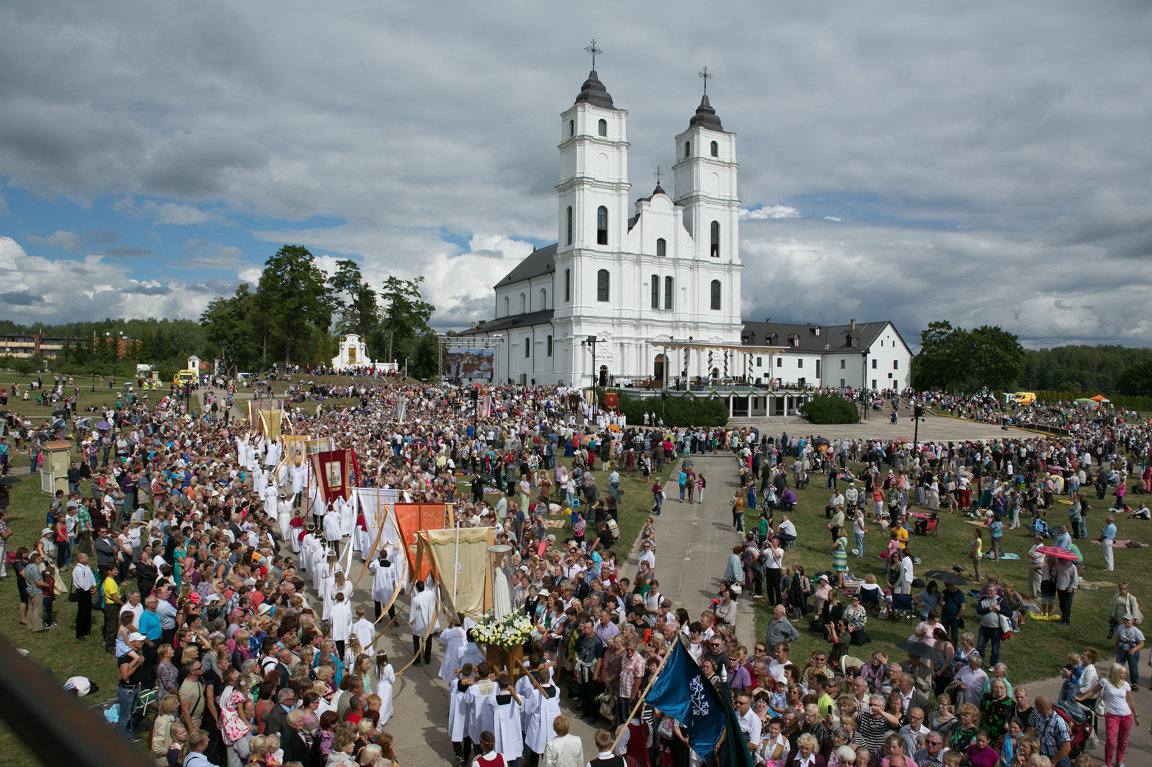
Riga region is located in the central part of Latvia with capital city
Riga. Riga is situated by the southern coast of the Gulf of Riga, by the
Baltic Sea. Latvia’s largest river - Daugava flows through the city. Riga
was founded by German merchants in 1201, and it has been a Hanseatic town.
Here, in Riga, on November 18, 1918 the Republic of Latvia was proclaimed.
The Historic Centre of Riga is a UNESCO World Cultural and Natural Heritage,
noted for its Art Nouveau/Jugendstil architecture and 19th century wooden
architecture.The city is the European Capital of Culture during 2014, along
with Umeå in Sweden. The city hosted the 2006 NATO Summit, the Eurovision
Song Contest 2003, the 2006 IIHF Men's World Ice Hockey Championships and
the Kaspersky Lab Riga Open Snooker tournament. It is home to the European
Union's office of European Regulators for Electronic Communications (BEREC).
Riga is served by Riga International Airport, the largest airport in the
Baltic states.
